iPhone 16 vs iPhone 15: what are the differences?
Should you upgrade to the iPhone 16 from the iPhone 15? Allow us to help you make that decision
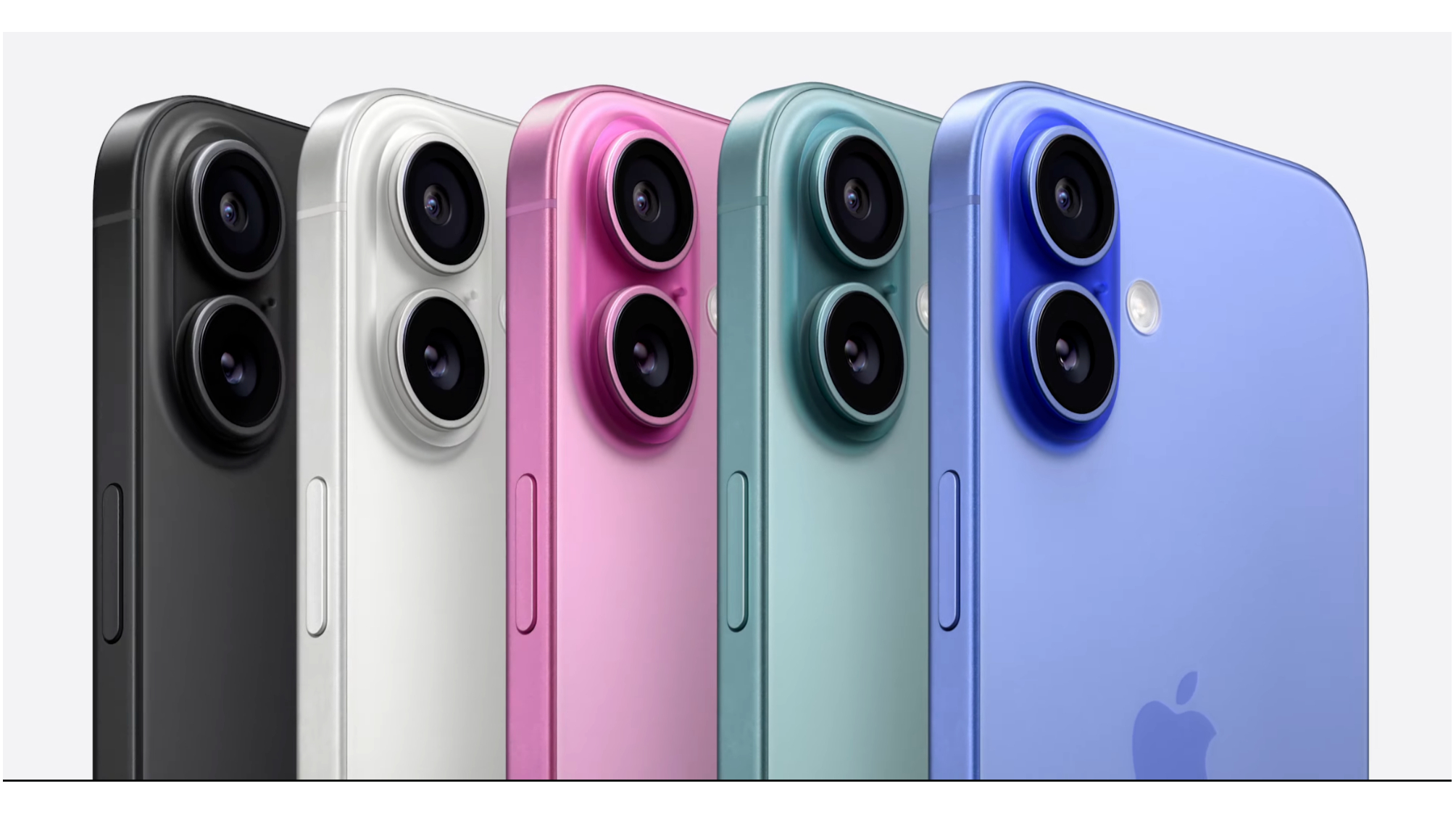
Apple's latest iPhone has arrived, bringing with it a host of new features and improvements. The iPhone 16 boasts the new A18 chip, a redesigned camera system with a dedicated Capture Control button, and the promise of Apple Intelligence features. But how does it stack up against its predecessor, the iPhone 15? And will it deliver any upgrade to sound and picture performance?
We've dug into the details to compare the features and specs of both phones, so you can see what's new, and decide whether you think it's worth upgrading.
We've been hands-on with the new iPhone 16 in California, and this comparison is based on our first impressions and all the specs and new features. Wondering whether to hit the iPhone 16 pre-order button? Read on for all the answers...
iPhone 16 vs iPhone 15: price
Apple has stuck to the pricing structure of the iPhone 15 for the iPhone 16.
The base 128GB iPhone 16 starts at £799 / $799 / AU$1399, which mirrors the launch price of the iPhone 15. The fact that the prices haven't gone up is a win in our books. As for the larger iPhone 16 Plus, it can be yours from £899 / $899 / AU$1599.
But the iPhone 15, now a year old, has also seen a price drop. It now starts at £699 / $699 / AU$1249, making it the clear winner for your wallet.
**Winner: iPhone 15**
iPhone 16 vs iPhone 15: design
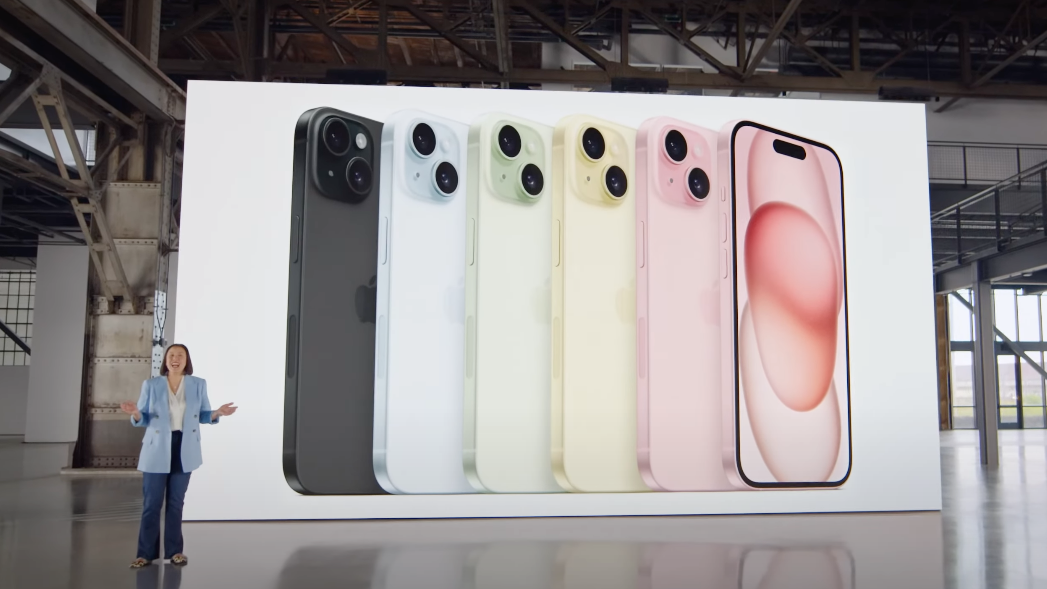
At first glance, the iPhone 16 looks rather similar to its predecessor. It retains the 6.1-inch display and the overall form factor of the iPhone 15. However, there are some notable changes.
The iPhone 16 introduces a new Capture Control button, a dedicated physical control for the camera. This button not only lets you instantly fire open the camera app, but it can also be used as a shutter button. It's touch-sensitive too, letting you adjust various camera features by sliding your finger along it. While Sony Xperia handsets have had dedicated camera buttons for a while, the touch-sensitive aspect makes the iPhone 16's implementation particularly appealing.
The iPhone 16 also inherits the Action button from last year's Pro models, replacing the mute switch. This customisable button can also be set to perform various quick actions.
Round the back, the camera layout has also been tweaked, with the lenses now aligned vertically. This change enables spatial video capture (a feature previously exclusive to Pro models), letting deep-pocketed tech fans lucky enough to own an Apple Vision Pro headset relive their special, spatial moments, in glorious 3D.
Colour options for the iPhone 16 are ultramarine, teal green, pink, white, and black, offering a fresh palette compared to the iPhone 15's selection. Overall, while the iPhone 15 remains a handsome device, the new additions to the iPhone 16 give it a clear edge.
**Winner: iPhone 16**
iPhone 16 vs iPhone 15: camera
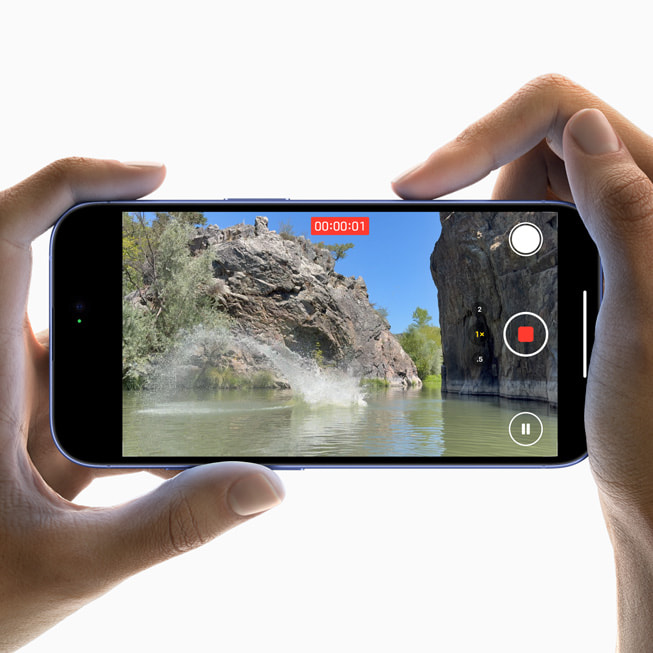
Both the iPhone 16 and iPhone 15 feature a dual-camera system, but the iPhone 16 brings some relatively significant upgrades to the table.
The main camera on the iPhone 16 has been bumped up to 48MP, for a start – a substantial increase from the 12MP sensor on the iPhone 15. This should serve up more detailed photos, and it also enables a 2x telephoto zoom by cropping the centre of the sensor, which is a handy option for most people looking to squeeze out more flexibility from their iPhone camera.
The ultrawide camera on the iPhone 16 has also seen improvements, with the addition of autofocus enabling macro photography – a feature previously reserved for Pro models.
And let's not forget the new Capture Control button on the iPhone 16, which we covered above in the design section. The extra control it offers for keen smartphone shutterbugs is hard to ignore, and we could see it being a massive hit with power users.
While the iPhone 15's camera system is still capable, the upgrades on the iPhone 16 make it the winner in this category – on paper at least.
**Winner: iPhone 16**
iPhone 15 vs iPhone 14: display and picture quality
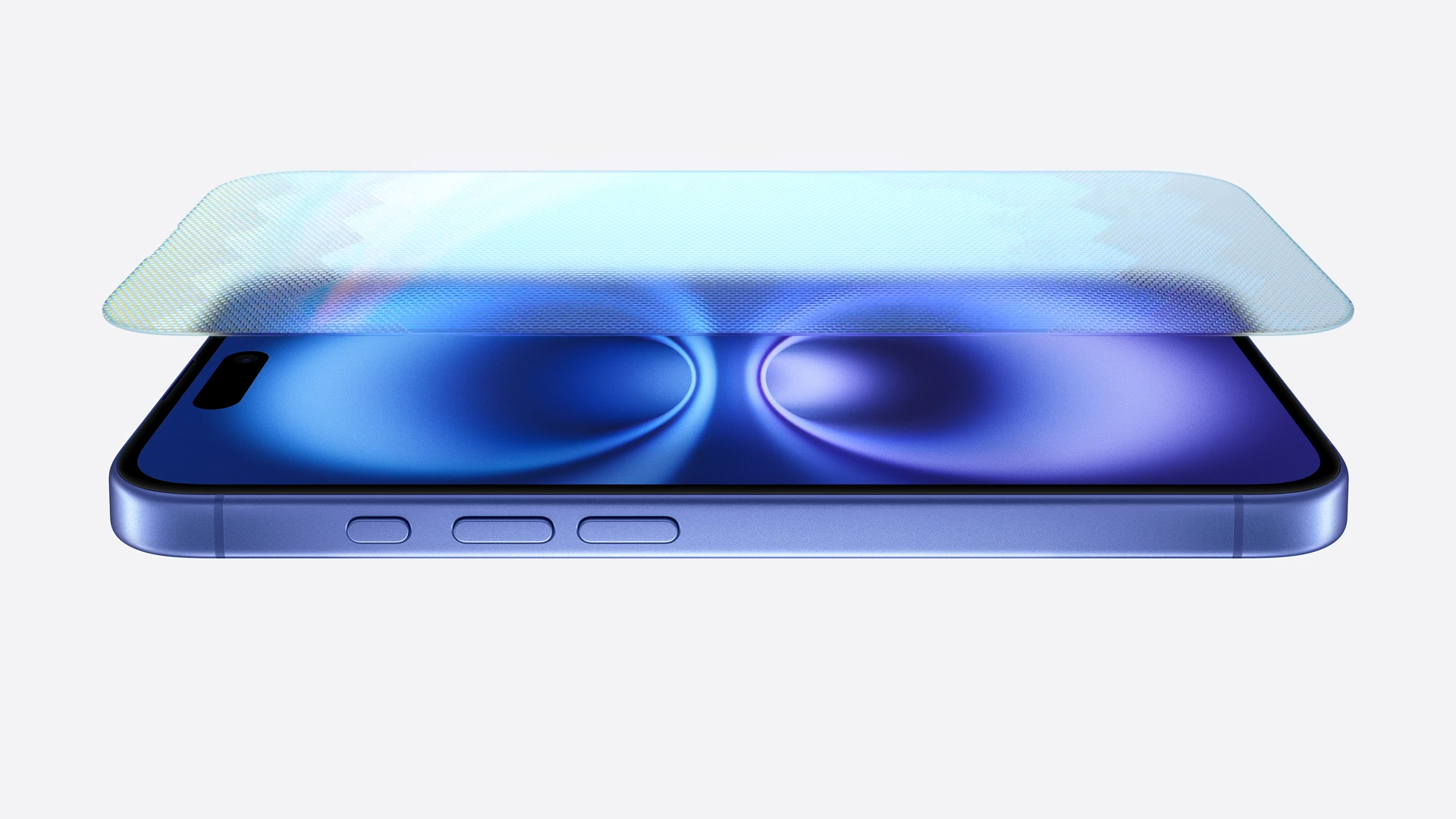
The iPhone 16 and iPhone 15 both feature 6.1-inch OLED displays. However, the iPhone 16 boasts a peak brightness of 2,000 nits – double that of the iPhone 15. This should make for better visibility in bright sunlight, with the potential to enhance HDR content (though we'll need to wait for our review to verify this).
Another benefit of the iPhone 16 is Apple's latest-generation Ceramic Shield, which is 50% tougher than the first generation and promises to be twice as tough as the glass on any other smartphone. Good news for clumsy users, then.
The iPhone 16 is still rocking a relatively archaic 60Hz refresh rate, which is disappointing on paper, rather than the smoother 120Hz found on Pro models and the best Android phones. Boo. Both phones support HDR10, Dolby Vision, and HLG.
Again, the iPhone 16 takes this round, due to its improved brightness.
**Winner: iPhone 16 **
iPhone 16 vs iPhone 15: specs and features
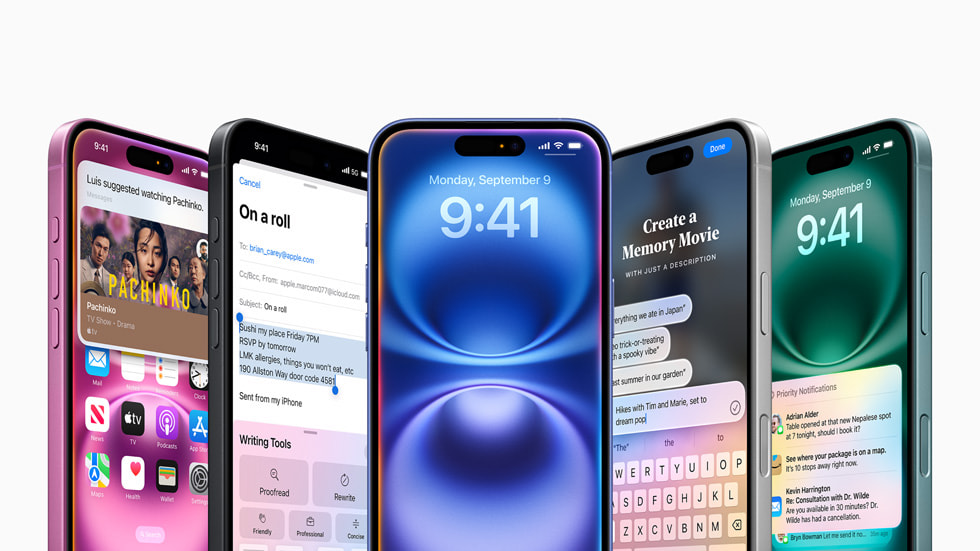
The iPhone 16 brings several new features beyond the ones unlocked by its aforementioned fancy new physical buttons. Its most notable update lies, somewhat unsurprisingly, with Apple Intelligence – Apple's AI answer to the likes of Google Gemini and the general clamour for AI in everything.
At the heart of the iPhone 16 is Apple's shiny new A18 chip, which helps power all the fancy AI tricks. Built on a new 3nm process, it boasts a six-core CPU with two performance cores and four efficiency cores. Apple claims it's up to 30% faster than the A16 Bionic in the iPhone 15, with a desktop-class five-core GPU that is up to 40% faster. Even if you're not a silicon spec enthusiast, the size of the claimed jump in performance is hard to ignore.
Apple Intelligence features, set to roll out in December, promise to bring a smarter Siri, text summarisation, writing assistance, and generative image creation to the iPhone 16. These features require at least 8GB of RAM, which Apple has since confirmed the iPhone 16 has (up from 6GB in the basic iPhone 15).
The iPhone 16 also boasts improved thermal management, allowing for better-sustained performance in demanding tasks like gaming. This means that some games previously exclusive to Pro models can now run on the standard iPhone 16.
The new Capture Control button, by the way, isn't just for photography. It also enables Visual Intelligence features, allowing you to point the iPhone 16 at objects or scenes, to get instant information or search results.
While the iPhone 15 is no slouch, the new features and improved performance of the iPhone 16 give it a clear advantage once again – especially as Apple has confirmed that battery life has also improved (without mentioning how much larger the battery is, or specific figures, natch).
**Winner: iPhone 16**
iPhone 16 vs iPhone 15: early verdict

While we haven't had the opportunity to fully review the iPhone 16 yet, the specifications and features suggest it's a fairly meaningful upgrade over the iPhone 15.
The new A18 chip, improved cameras, and the promise of Apple Intelligence features make the iPhone 16 an enticing proposition. The addition of the Capture Control and Action buttons also promises to enhance the user experience and offer enough of a breath of fresh air to warrant an upgrade for some people.
However, the iPhone 15 remains a capable and, crucially, more affordable option. Its A16 Bionic chip is still powerful, its cameras are competent, and it offers the core iPhone experience at a lower price point.
For those seeking the latest features and future-proofing, the iPhone 16 looks to be the better choice. We'll update this comparison once we've had the chance to put the iPhone 16 through our rigorous testing process, so stay tuned for our full review.
MORE:
First impressions: iPhone 16 review
iPhone 16 Pro: price, release date and more
Apple launches new AirPods Max with minor upgrades – and one big omission
Get the What Hi-Fi? Newsletter
The latest hi-fi, home cinema and tech news, reviews, buying advice and deals, direct to your inbox.

-
Friesiansam Reply
If "spatial video" is captured by filming with both lenses simultaneously, it is not going to work properly because the lenses are much too close together. The difference in perspective, with the lenses so close, will be very small leading to a rather flat 3D effect. For it to work properly and appear realistic, unless the subject is very close, the lens spacing needs to be about the same as our own eyes.What Hi-Fi? said:Round the back, the camera layout has also been tweaked, with the lenses now aligned vertically. This change enables spatial video capture (a feature previously exclusive to Pro models), letting deep-pocketed tech fans lucky enough to own an Apple Vision Pro headset relive their special, spatial moments, in glorious 3D. -
GSV Ethics Gradient Sounds like another example of trying to persuade the world that it needs something it doesn't.Reply
